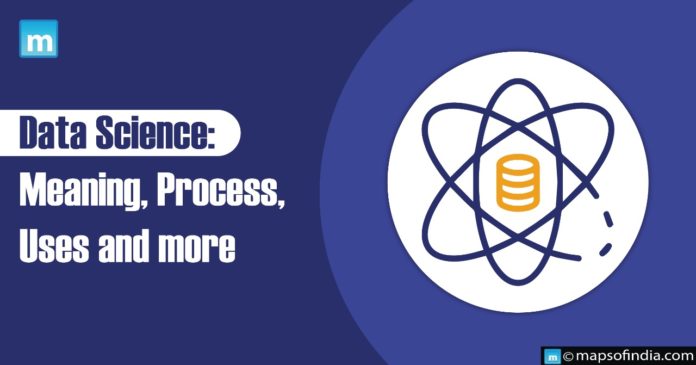With the enormous amount of data collected today, data science has become an integral part of several businesses, and it is among the most contested subjects in the field of information technology. Moreover, its significance has expanded over time, and companies have started to use data science approaches to develop their businesses and boost consumer happiness.
What is Data Science?
- Data science studies vast amounts of data using current tools and methodologies to discover previously unknown patterns, extract crucial data and make business choices. Data scientists employ a complex machine learning algorithm to develop prediction models.
- The information used for analysis might come from various sources and be presented in multiple ways.
Now that you know what data science is, let’s look at why it’s essential in today’s IT market.
The Lifecycle of Data Science
Now that you understand what data science is let us look at the data science cycle.
Five stages are involved in the data science lifecycle, each consisting of a specific set of tasks:
Capture
- Data collection, input, signal reception, and extraction are all steps in the data collection process. This step entails collecting both organised and unstructured data.
Maintain
- Data Storage, Data Cleansing, Data Constructing, Data Processing, and Data Architecture are all aspects of data management. This stage entails collecting raw data and converting it into a usable format.
Process
- Data processing techniques are data extraction, clustering/classification, data modelling, and data summarisation. A data scientist evaluates the generated data for patterns, trends, and biases to determine whether it can be used to predict future events.
Analyse
- Exploration, prediction, regression, text mining, and qualitative analysis fall under exploratory/confirmatory analysis, becoming the crux of the lifecycle. This stage entails doing various studies of the data.
Communicate
- Data reporting, visualisation, business intelligence, and decision-making are all aspects of data management. In this last phase, analysts compile the analyses in clearly legible forms like charts, graphs, and tables.
Who is in charge of the data science procedure?
Managers of businesses
- Business managers are the persons in charge of managing the data science training approach. Their primary role is working with a data scientist team to describe the problem and develop an analytical technique.
- A data scientist may be in charge of the finance or sales department and report to the department’s executive. Its mission is to execute projects on schedule by working closely with data analysts and IT managers.
Managers of Information Technology
- The IT managers follow them. The obligations will surely be more crucial if the person has been with the company for an extended period.
- They are responsible for creating the infrastructure and architecture supporting data science activities.
- To ensure that data science teams function efficiently and securely, they are regularly monitored and appropriately resourced. They could also be in charge of developing and managing data science teams’ IT setups.
Managers of Data Science
- The last segment is made up of data science managers. They primarily track and monitor all data scientists’ team members’ working practices.
- They also oversee and manage the daily operations of the data science units. They are team builders capable of balancing project planning and oversight with team development.
Uses of Data Science
Data science has applications in nearly every business.
Medical care
- Healthcare organisations use data science to develop advanced medical equipment for illness detection and treatment.
Video games
- Data science is currently being used to build video and computer games, which has elevated the gameplay experience to new heights.
Recognition of images
- One of the most prominent data science applications is recognising photo patterns and finding objects in images.
Systems of Recommendation
- Netflix and Amazon recommend movies and products depending on what you watch, buy, or explore on their platforms.
Transportation
- Logistics organisations utilise data science to improve strategies to ensure faster product delivery and increased operational efficiency.
Data Science Case Study
Here are some quick overviews of a few application examples demonstrating data science’s adaptability:
Enforcement of Law
- In this instance, data science is utilised to assist Belgian police in better understanding how and where to deploy officers to prevent crime.
- With few resources and a broad region, data science employs dashboards and reports to boost officers’ tactical awareness, allowing a dispersed police force to maintain order and predict criminal behaviour.
Driverless Cars
- Lunewave, a sensor manufacturer, was seeking a means to improve the accuracy and cost-effectiveness of sensor technology.
- They used data science and predictive modelling to teach their sensors to be more dependable and safe and to enhance the manufacture of their 3D-printed sensors.





